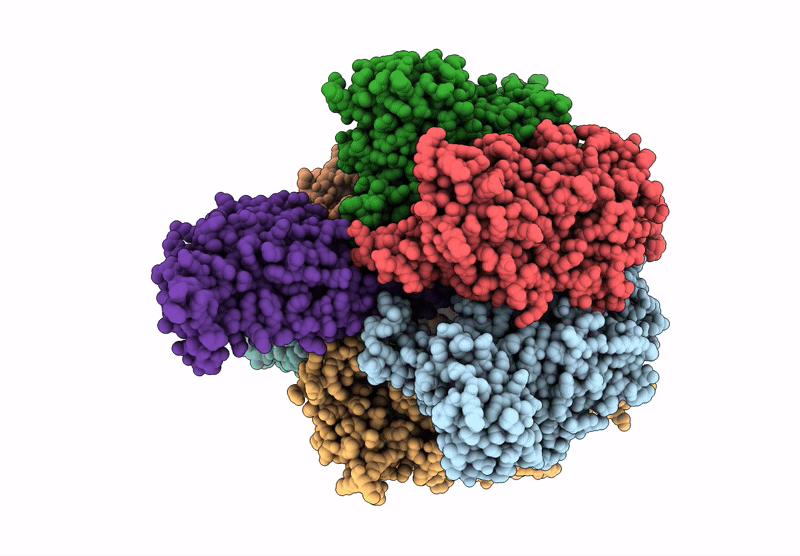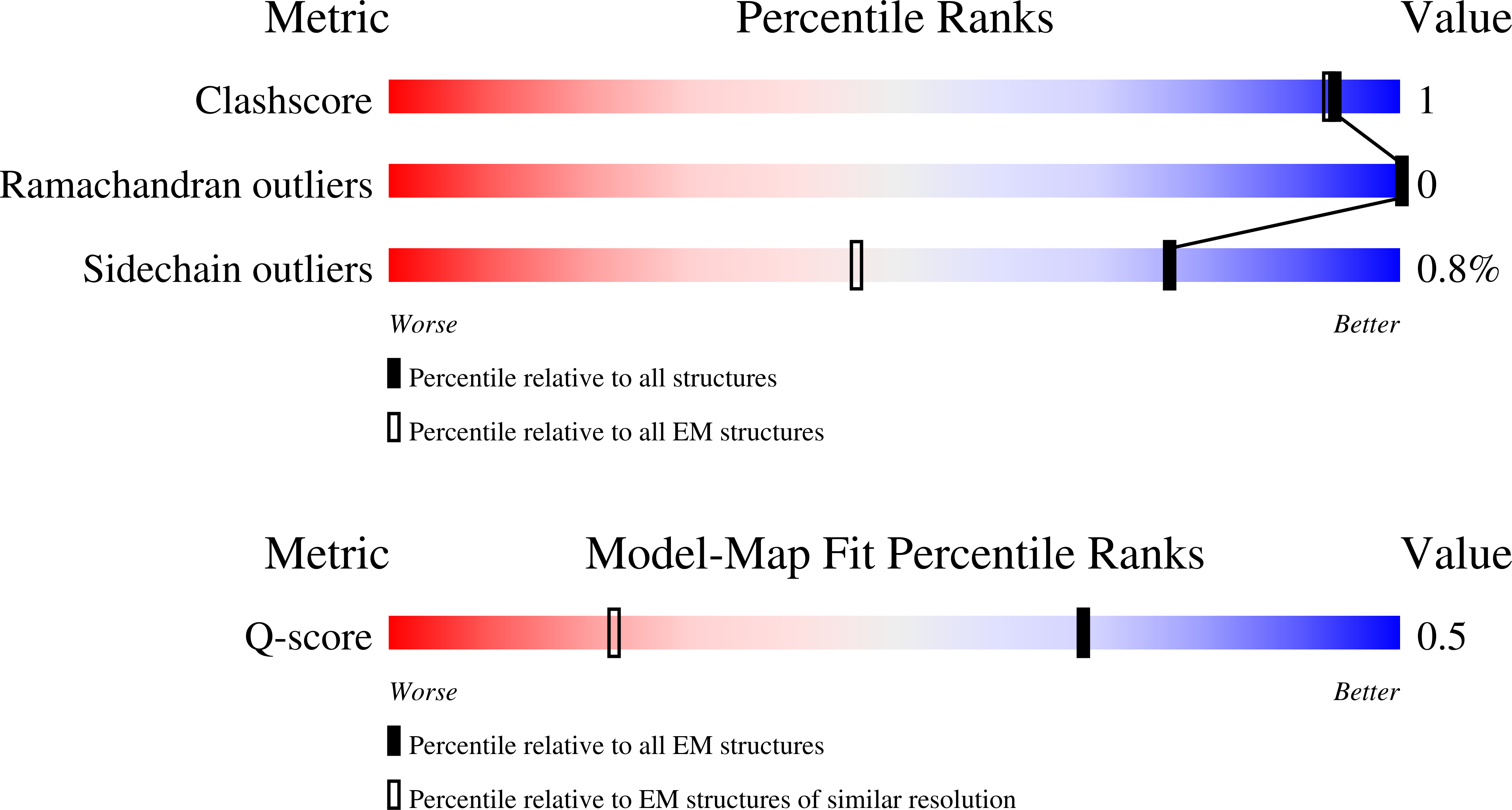
Deposition Date
2025-03-20
Release Date
2025-11-05
Last Version Date
2025-11-05
Entry Detail
PDB ID:
9NVL
Keywords:
Title:
ATPase Hybrid F1 with the ancestral core domains Binding Dwell
Biological Source:
Source Organism:
Bacillus sp. PS3 (Taxon ID: 2334)
Host Organism:
Method Details:
Experimental Method:
Resolution:
2.46 Å
Aggregation State:
PARTICLE
Reconstruction Method:
SINGLE PARTICLE


